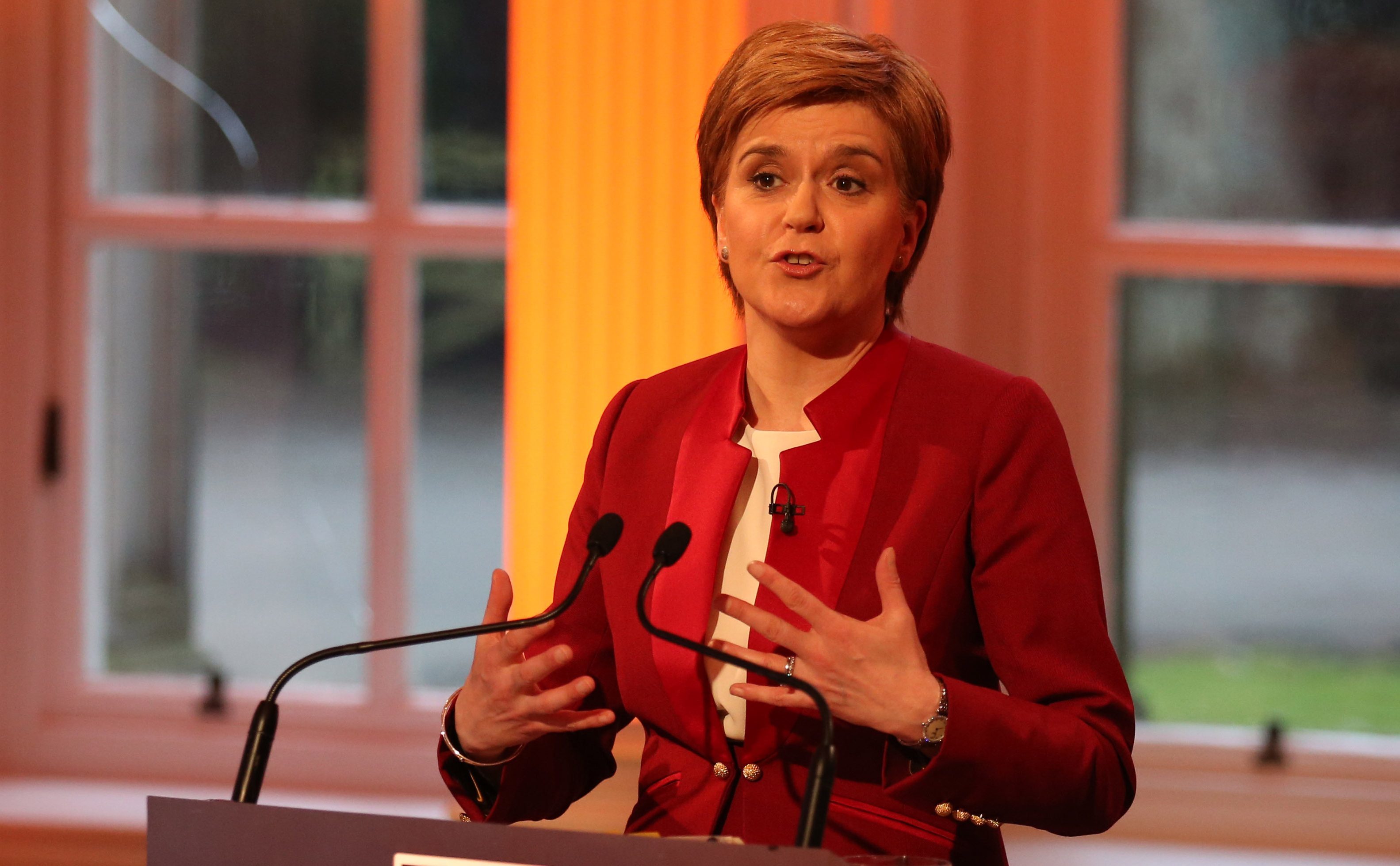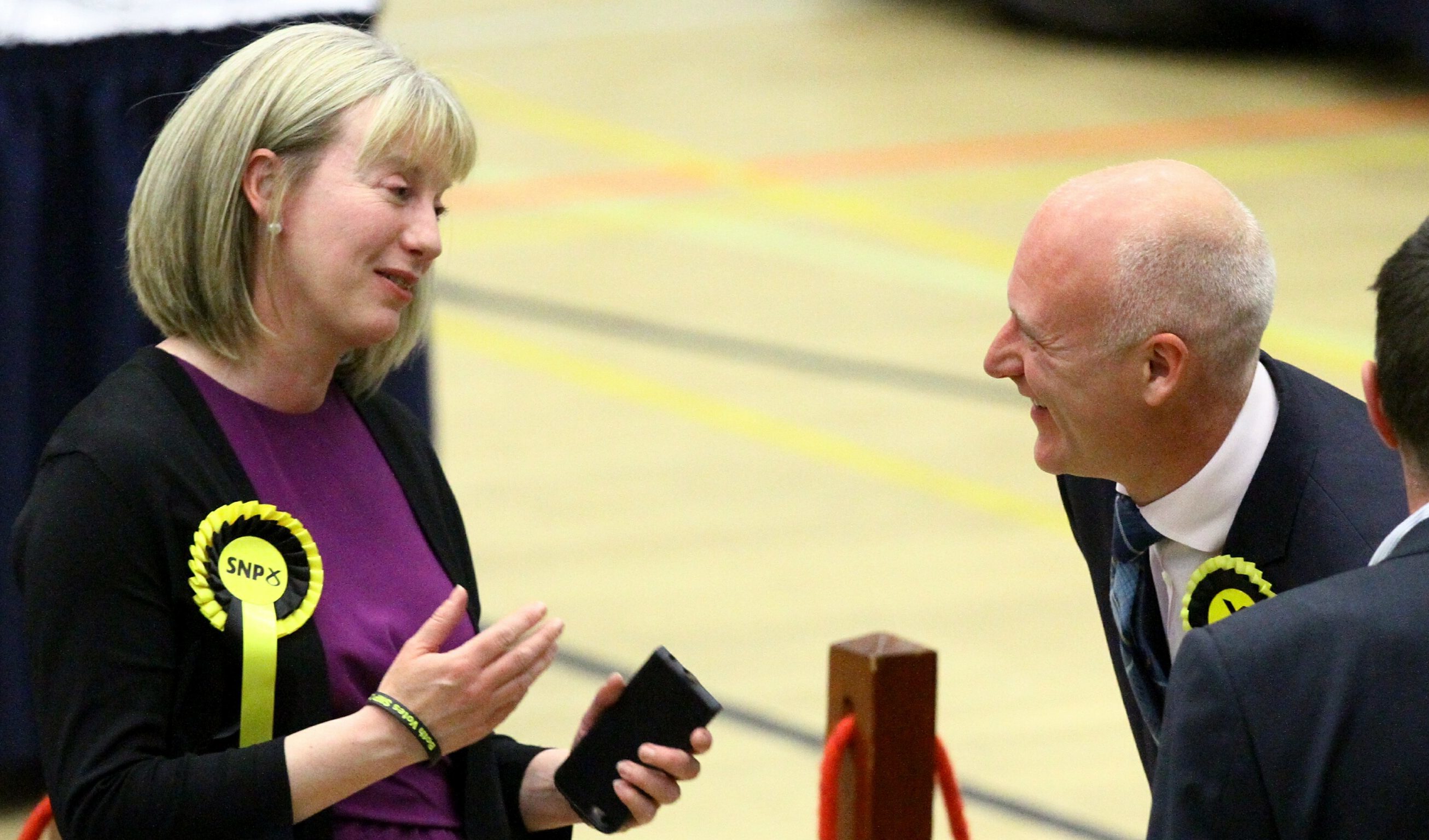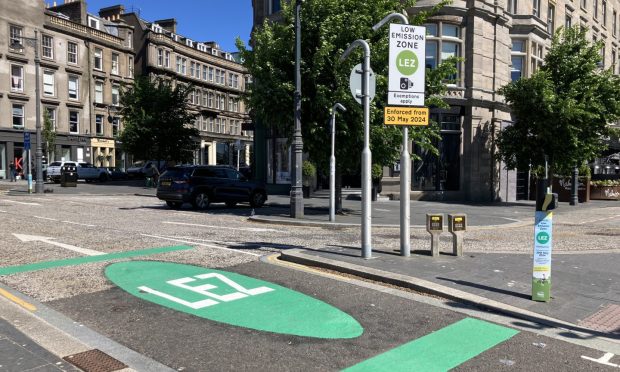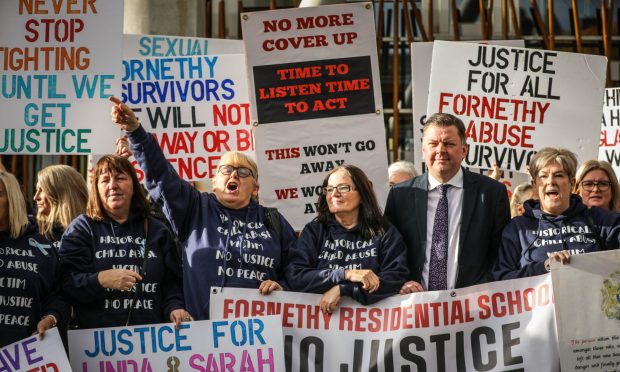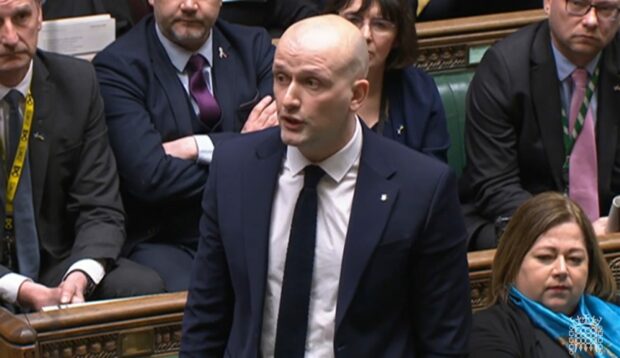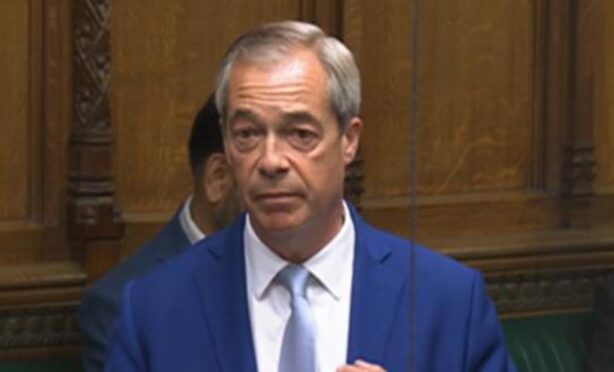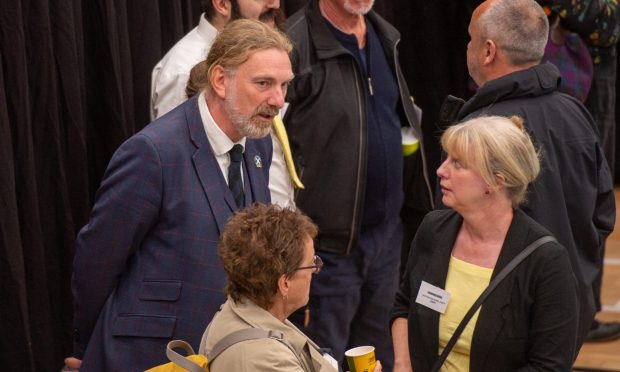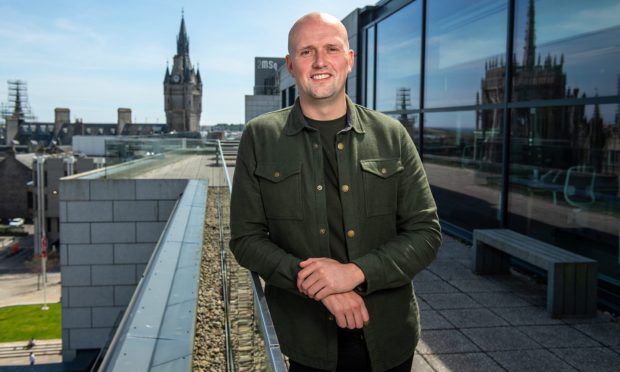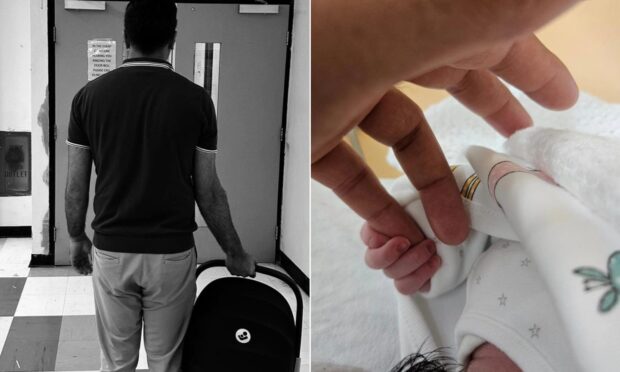Nicola Sturgeon will make another push for independence if a “range of polls” show most Scots want a second referendum.
The SNP leader fleshed out how her party would gauge a swing in opinion among Scots towards breaking away from the UK.
She said there needed to be “clear and sustained evidence” of majority support for independence that was more than a “flash in the pan”.
“It’s not an opinion poll, it’s not a couple of opinion polls, it’s not a flash in the pan, it’s evidence over a sustained period of time,” she told the BBC when asked how she would measure a shift of pro-independence support.
“We would have to see in a range of polls over a period of time, that independence had become the preferred option of a majority.”
She added people should be “allowed to change their mind” in a democracy and politicians should not block that.
In last night’s final television face-off between the main party leaders before Holyrood’s election, the First Minister was accused of being “anti-democratic” for not respecting the 2014 result.
Speaking on Radio 4 this morning, Ms Sturgeon said: “If there’s no shift in opinion from that we saw expressed in 2014, I don’t think we have the right to propose a second independence referendum.
“But on the other side of that argument, if we do see a shift in opinion, if independence becomes the clear preferred option of a majority of people in Scotland then I don’t think it would be right for politicians to stand in the way of that.”
She added if people back the SNP on Thursday “they are not voting for Scotland to be independent”, but for its policies on health, education and the economy.
